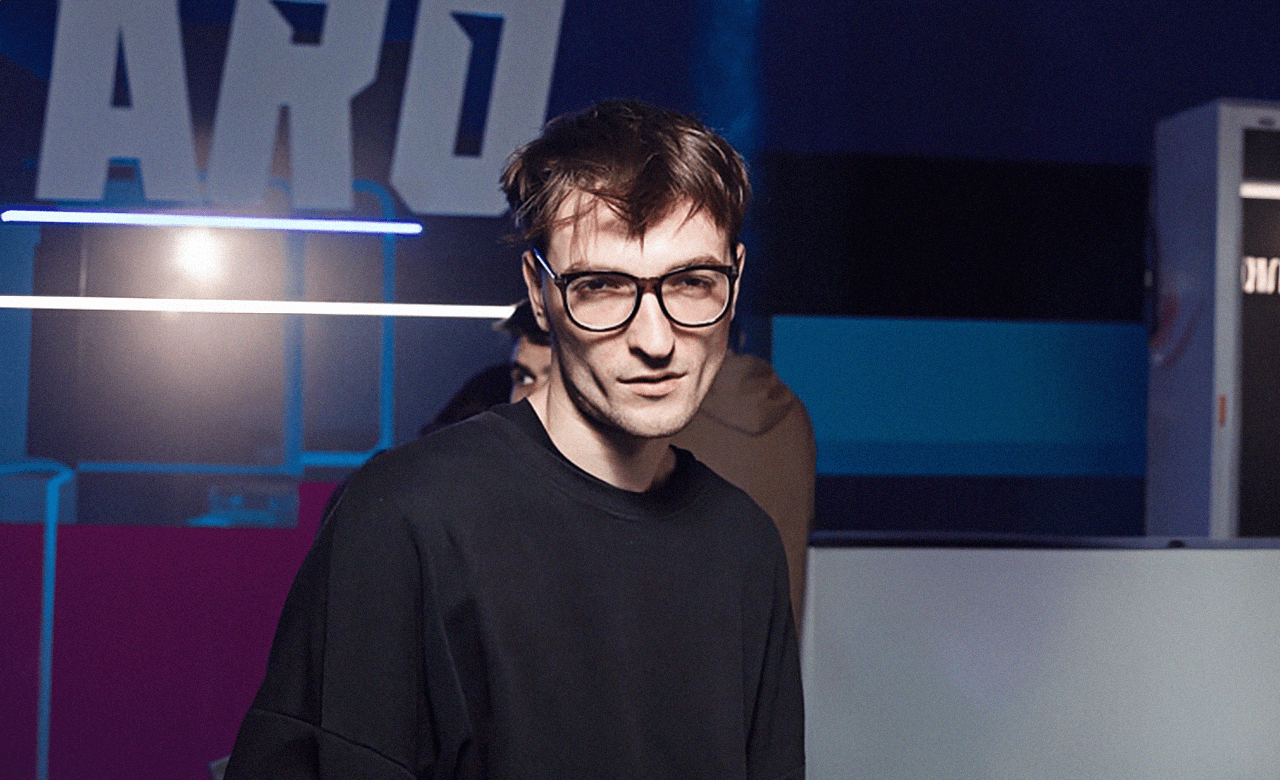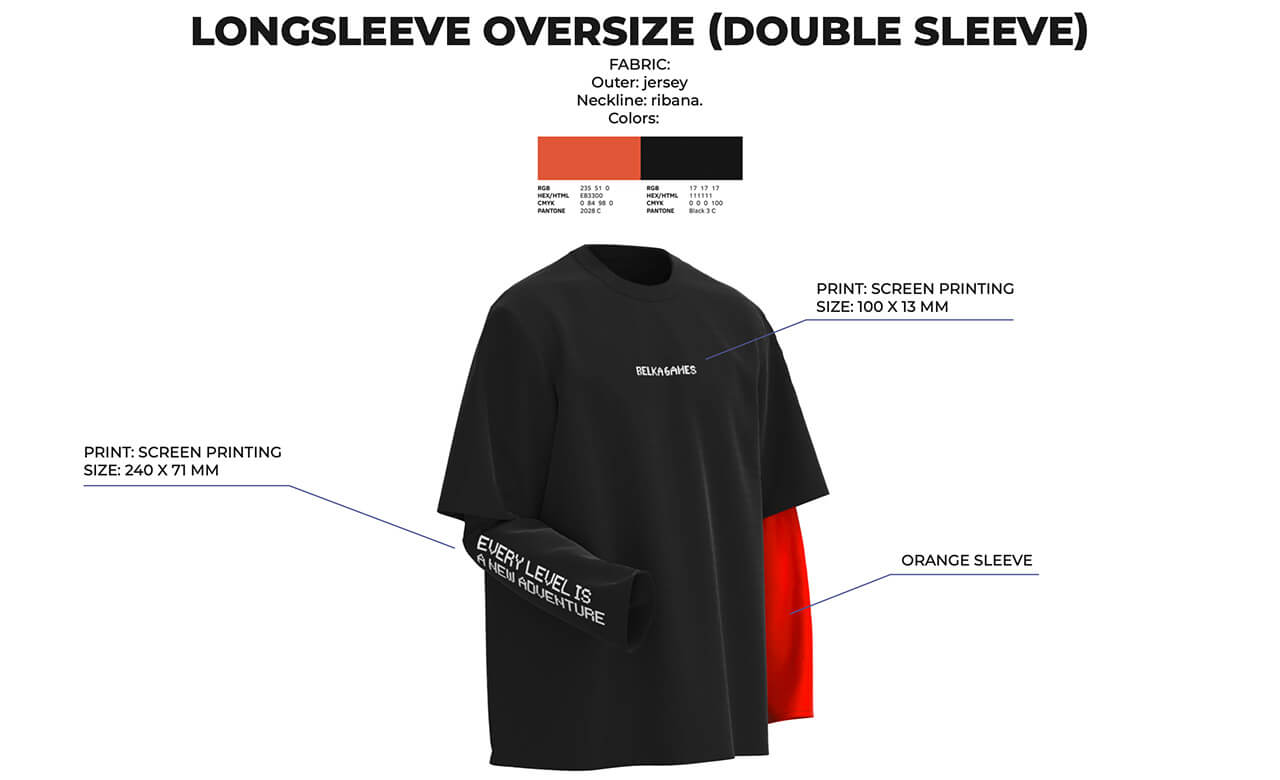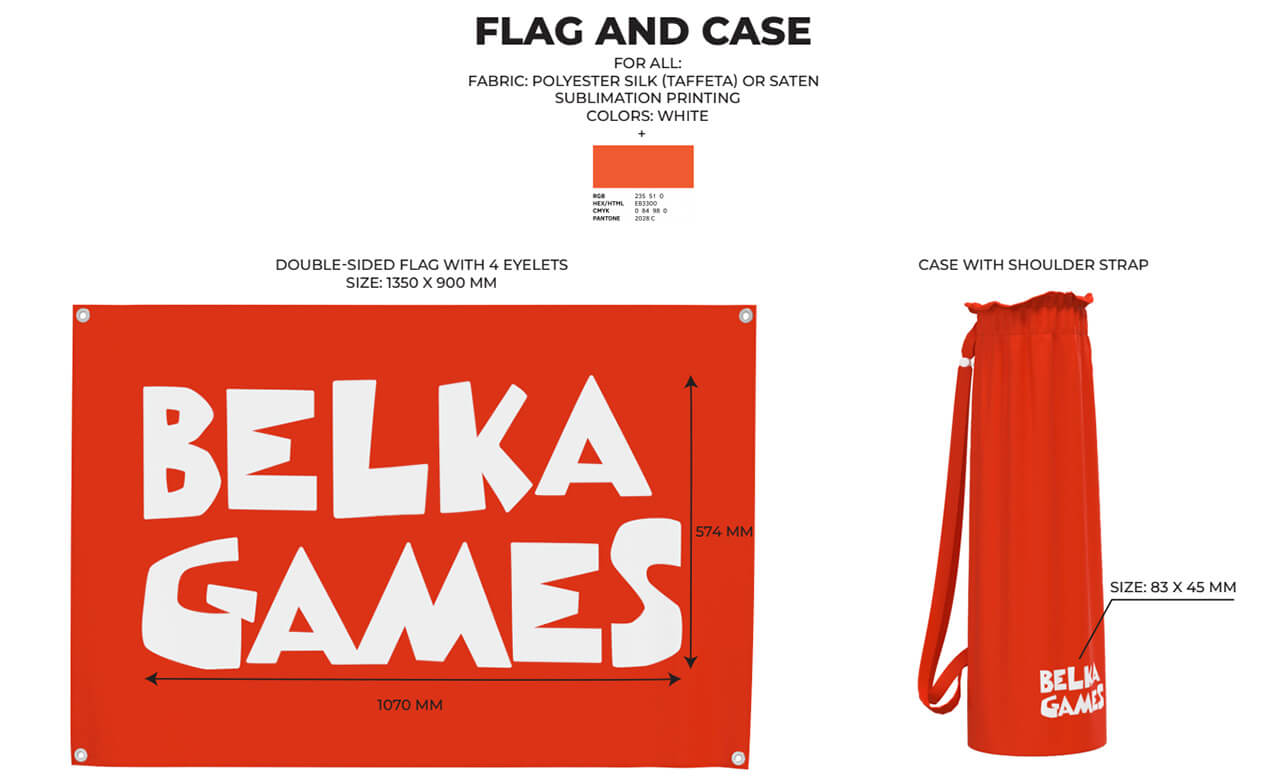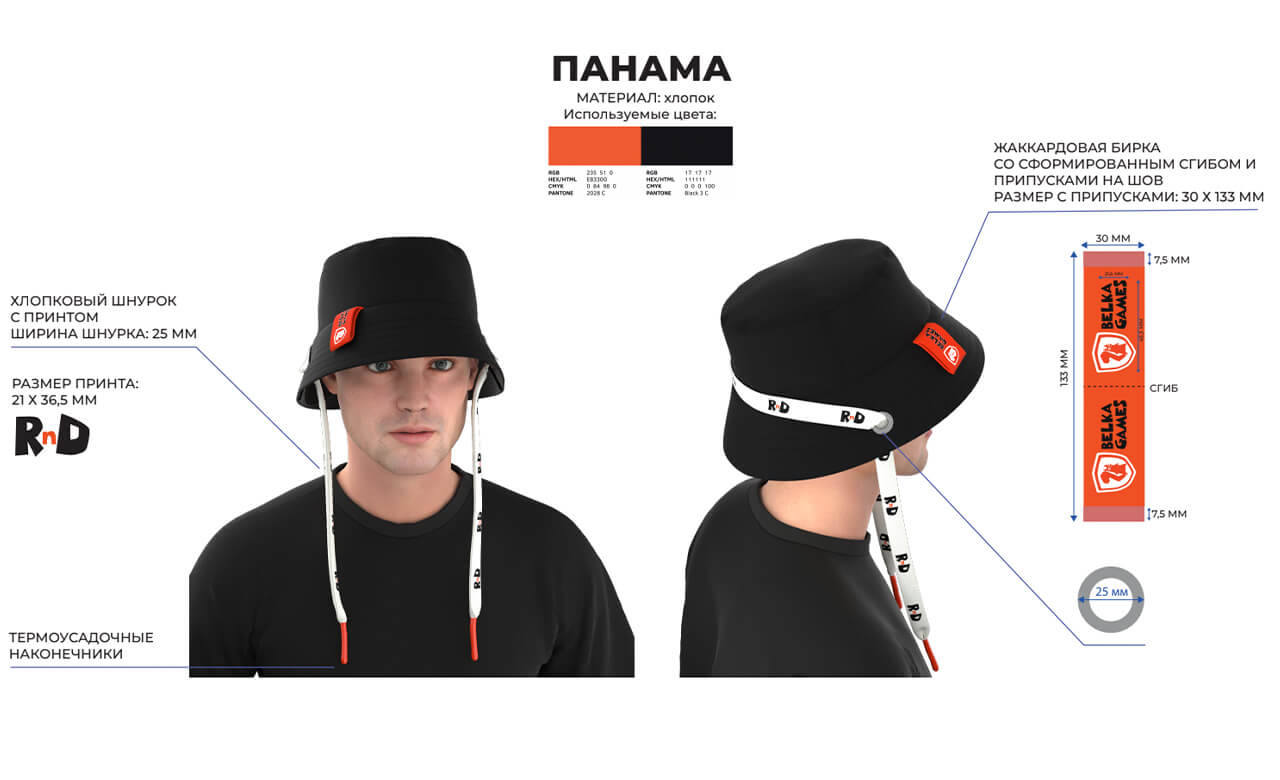Gifts in Tech: Trends, Principles, and Processes
According to what principles, and on what occasions, do tech companies give gifts to their employees? How do they choose the packages, and with whom do they coordinate? What are the trends in gifts in tech? Andrei Chasnakou, Event Manager at Belka Games, offers insights into this area and provides examples.

Why do tech companies give gifts to employees?
In my opinion, gift-giving serves three purposes:
- Development of corporate culture: Even with small details like gifts, you can highlight the philosophy and traditions of the company. Through merchandise, we shape the message: it's important to us that you feel comfortable. This is reflected in the choice of gifts.
- Creation of a sense of community and team spirit within the company: Currently, branding merchandise in tech follows the footsteps of American student fraternities and sororities. Branded clothing and accessories are like a badge of honor, a way to recognize “your people,” no matter which city you find yourself in. Of course, in modern companies, the range of merchandise varies, but the roots are found in mass culture.
- Inspiration: If work is somehow connected to creativity, arts, and a recognizable narrative, ordinary things can serve as sources of inspiration.
On what occasions are gifts given in tech?
It varies in different companies. We have several programs through which we give gifts to employees:
- Gifts for the New Year and the company's anniversary: Each employee receives amusing and interesting loot, the contents of which remain unknown until the last moment. The way we structure the gift-giving provides a sense of novelty and a pleasant surprise, thus creating an emotional connection with important dates in the company and establishing a positive association.
- We also celebrate individual memorable dates: birthdays and anniversaries in the company. For company anniversaries, we have a system: for some anniversaries, we give corporate currency (which can be used in the internal Belka Games online store). For more significant anniversaries, we give more valuable gifts. The longer an employee works in the company, the more valuable the gifts become. It's important for us to show that we remember and value each of our employees.
- We also give gifts for memorable project dates, widely celebrated holidays (such as February 14 and Halloween), and as a reward for individual for achievements in sports.
How are gifts for employees chosen?
I'll illustrate this with an example of gift sets tied to corporate events. First, we carefully plan the event concept, considering the company's culture and values, employees' interests, and the trends of the year.
Then, we start working on the gift packs. It's crucial that the gifts align with the overall concept but not be repetitive. This enables us to highlight different aspects of the company's culture and principles, and also to create an association for employees between the gift sets and the project, evoking emotions and memories of a specific stage in the company's life.
For instance, in planning a summer event, we drew inspiration from NES games, 8-bit art, and street culture from the early 2000s, bringing our colleagues back to their teenage years. Based on this description, you can already guess the contents of the gift. However, it's always important to understand what employees truly need, what they will use in their daily lives, and what will evoke positive emotions.
Our set included:
- Branded long-sleeve T-shirts inspired by the culture of skateboarders and BMX riders from the early 2000s. If you recall, they used to wear the T-shirts of their older brothers or fathers over shirts with long jersey sleeves.
- NES console. This allowed employees not only to remember the old games but also to look at the key mechanics that marked the beginning of the video game industry in a new light.
- Set of stickers printed on holographic film. Such stickers were often found inside packs of chewing gum in the early 1990s. Later, a similar printing method was used to produce collectible cards featuring athletes and anime heroes.
Once the gift idea is internally approved, the most interesting and labor-intensive phase begins — the implementation. After all, reality always differs from even the most realistic renderings and layouts. At this stage, a tender is conducted among contractors who produce merchandise and gifts. They receive a brief with a detailed description of what needs to be produced and purchased, how to brand it, and how to package the set. Contractors assess costs and timelines, sometimes offering alternative solutions. Based on the commercial proposal and estimate, a decision is made to start producing test samples. After the test samples are approved, production of the entire order begins.

A branded long sleeve for the summer corporate event Belcon 11 (2023) — rendering
How do employees react to gifts?
In the tech sphere, a culture of feedback is widely embraced. Feedback is collected for work-related matters, office posters, and for gift packages. It's important to understand that positive feedback is not often given. The gift has to be liked. If it was liked, it means that everything went as planned, and there's no need to write to anyone. Reviews are usually left in two cases: if everything was fantastic or, conversely, if something seriously displeased the recipient.
Eliciting enthusiasm is challenging. We are all reasonably sophisticated, self-sufficient individuals, and it's hard to impress us with things. Dissatisfaction, however, sometimes slips through. Oddly enough, negative feedback is more valuable. It helps us better understand the views and needs of our employees, and more precisely adapt to their requests.
Design and style trends of gifts in tech
Trends in tech merchandise don't differ significantly from global trends generally. Minimalism, concise and thoughtful design, gender neutrality, and convenience are common considerations. Otherwise, the choice depends on the individual companies' preferences and the tastes of each team.
Interestingly, at this point in time, there are almost no winter collections of merchandise. This is due to the new geographical locations of many tech companies. The main destinations for relocation are warm countries such as Montenegro, Cyprus, and Georgia, as well as Eastern European countries like Lithuania and Poland, where the climate is temperate with rare fluctuations.
During relocation, people mostly took with them items that were significant and necessary. Therefore, the relocation process brought back the popularity of standard and simple gifts — branded water bottles, tech cases, and other small items. It's also worth noting the importance of sports packs — we are all more concerned about health after the pandemic, and a healthy lifestyle has become a powerful trend.

A sports pack for the Belka Games runners team participating in the marathon in 2023 — rendering
Individual gifts vs uniformity in corporate merchandise
The choice between individual gifts and uniformity in corporate merchandise seems outdated and contrived to me. On the one hand, uniformity in corporate merchandise is a step towards standardization. On the other hand, corporate merch is not the equivalent of work uniforms. It's more akin to a sports kit for Olympic game participants. It is functional, meets certain standards, but always has different designs.
Of course, you should be guided by the company's visual language as well as the unique characteristics of the team for which the project is being done. A few months ago, we had the task of developing merch for the internal Research and Development team. It was necessary to create a pack that not only aligned with the corporate brand book but also emphasized the team's strengths, professionalism, openness to new ideas, and ironic sensibility.

Merch sets for the RnD Belka Games team (2023) — rendering
Innovations in gift production
I am impressed by the prospects of using 3D printing for gift production. It allows for the creation of branded elements of equipment, accessories, gaming figurines with characters, and even footwear. The technology is becoming increasingly accessible and economically justifiable.
AR technologies, digital clothing, skins in the Metaverse, all are gaining momentum in the corporate tech gift sphere. These projects open up huge prospects for various online events. Now, for example, it's entirely possible to transfer the Halloween carnival to Zoom or the Metaverse.
When preparing for Halloween 2023, we drew inspiration from the incredible costumes at Comic Con over the years, and set out to find a way to adapt this concept to an online format. We decided to develop 13 AR lenses on the Snapchat platform with characters from our games, elements of the corporate brand book, and fantasy imagery. Then, we launched a massive contest: participants were invited to try on the costume, act out a scene on the proposed theme, and compete for a prize.
Logistics for distributed teams
The more locations involved, the longer the time we spend planning events and projects. Previously, it took an average of 5-6 months to prepare for a summer project. Now, we spend up to 8-9 months. Logistics, delivery, coordination of physical samples for offline events — all of these processes have become more complex. Maintaining the relevance of gifts has also become a challenge. Previously, you could be inspired by memes and promptly create conceptual gifts, but TikTok changed the rules of the game. Now, trends only last a month or two at most, and you can't rely on them so heavily in the creative process.
5 tips for choosing gifts
- "Know your target audience" — this is the main rule to follow when choosing gifts.
- Take into account the brand's philosophy, principles, and company culture, as well as the interests of employees. A well-thought-out concept is the key to success.
- Study and follow trends, develop a keen eye, constantly look for new technologies — not only in the industry but also global trends generally.
- Prepare in advance for the lead time necessary for making gifts and handling logistics.
- Regularly collect feedback: positive feedback is shared rarely, but negative feedback is the most valuable, since it encourages improvement and growth.

.png)
